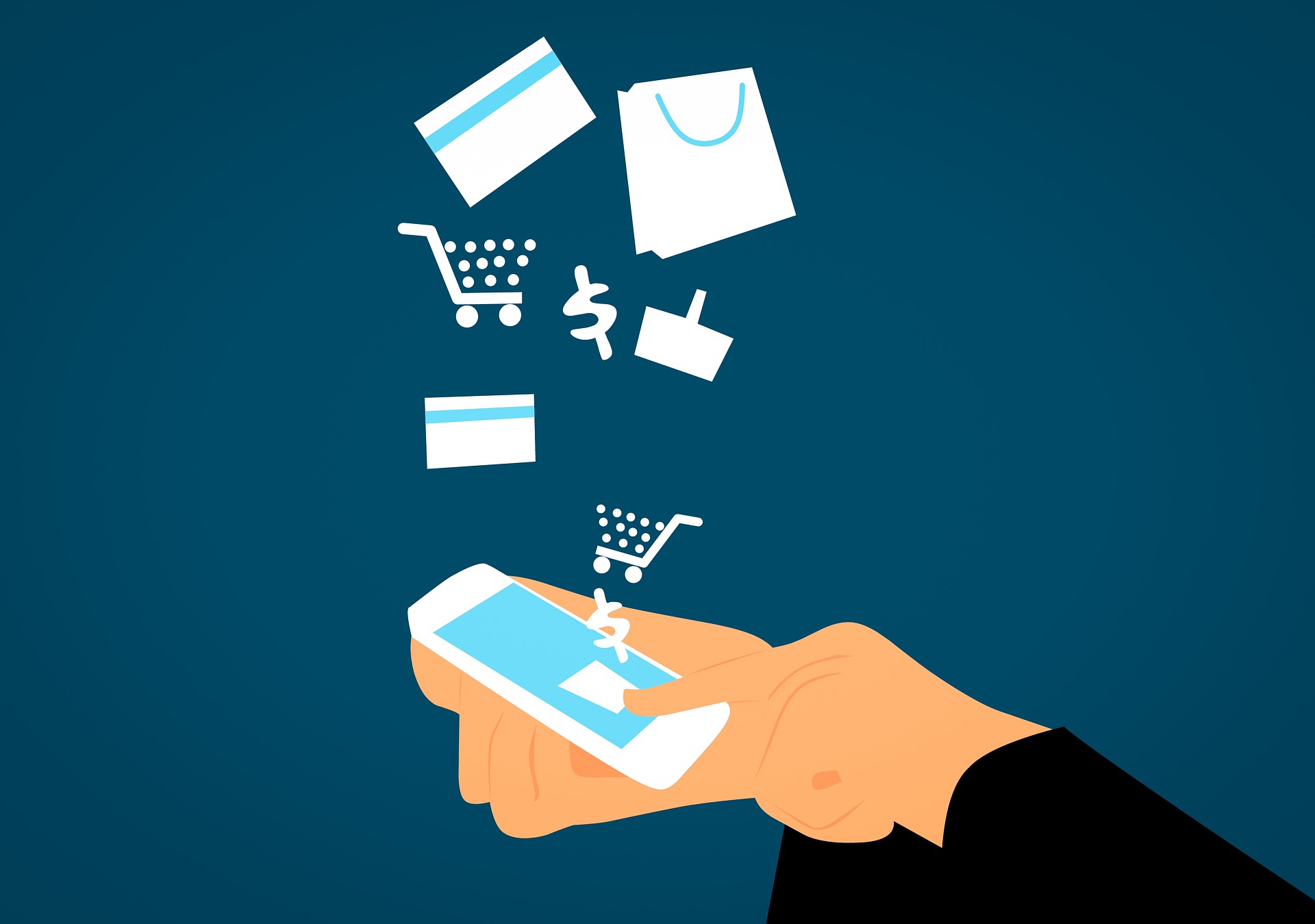Exploring Omnichannel at The Domain
When looking for a new place to live after I graduated college, proximity to work topped my list of requirements. Luckily, I was able to find an apartment that I loved within a seven minute distance from work. My new home also happened to be only seven minutes away from the place I sometimes jokingly refer to as my second home: The Domain, a shopping center featuring some of Austin’s best omnichannel options.
Moving to North Austin has only made that statement even more true. What once was a light-hearted joke, is more of a reality for me now. As a frequent visitor of Austin’s premier retail hub, certain stores have caught my eye. Since I’m constantly reading about omnichannel trends, I thought I’d assess how my favorite stores are implementing these tactics. For a look at how The Domain exemplifies some of the most positive trends in retail’s ongoing renaissance, check out Jeff’s blog from 2018. Without further ado, here’s what I’ve learned about omnichannel options in Austin as a local consumer.
Nordstrom Provides Expanded Order Pickup Options
When it comes to omnichannel options, Nordstrom is no stranger. Nordstrom’s app is an essential tool for digital shoppers who like to browse online before they buy. When searching for items in-app, shoppers can even custom tailor the search bar to reflect their store location of choice. Plus, the app will curate personalized outfits based on your past purchases and search history.
A few months ago, I tested out the “reservations” option, which allows shoppers to reserve up to 10 items online. Through the app, I reserved a pair of shoes. Within a couple of hours, I got a notification that the pair of shoes I picked out were ready for me to try on. Upon my arrival at The Domain, I received a second notification explaining where to go to try on the shoes. After parking, I entered through the doors to the second floor and found the designated kiosk immediately. Subsequently, a sales associate directed me to a reserved dressing room and assisted me when I requested to try on a different size.
I’d call my experience a success. As retailers start to provide more omnichannel options where the digital and physical sides of the store work together, I’m looking forward to quicker and easier shopping trips. In addition to the reservation option, Nordstrom at The Domain also offers buy online, pickup in-store. In a jam-packed parking lot, customers picking up their online orders can park in reserved spaces, speeding up their shopping journey.
Away Creates Seamless Shopping Experiences
Away, a luggage startup and lifestyle brand, caught my attention on Instagram. With its “clicks to bricks” model, the formerly online-only retailer now has seven physical locations. Lucky for us Austinites, The Domain is home to one of Away’s stores. I’m taking off on a plane to Europe this month and realized it was time to upgrade my luggage. Perfect excuse for my first trip to Away!
Before visiting the store, I researched options and decided which pieces of luggage would be best for my traveling needs. Based on Away’s website and social media platforms, I’ll admit my expectations for the store were already high. To my surprise, my experience at the store exceeded my already-high expectations.
Though I had an idea of what I wanted, I had a few questions before making the investment. One of the sales associates was quick to greet me and patient with my questions. She even looked up measurement restrictions for the airlines I am flying to ensure my luggage would make the cut. Her help ultimately led to my decision to purchase a set, including a carry-on suitcase and bag. I left the store feeling refreshed and satisfied with my purchase. What started as browsing on Instagram turned into visiting the store and making a purchase. Yet another example of an omnichannel option in action!
Omnichannel Options Are On the Rise
All in all, omnichannel is putting a spin on traditional shopping and giving consumers something to look forward to. Whether it’s through a personalized app, store navigation tool or expanded pickup options, omnichannel is only growing. I consider myself lucky to live in a city that often gets a “first taste” of omnichannel options that later evolve. The latest and greatest is right in my backyard, so to speak. If my experiences at Nordstrom and Away are any indication, the future is bright for omnichannel retail.



